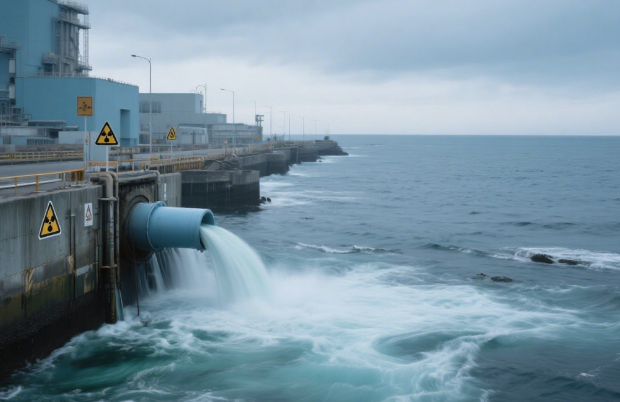On June 29, Japan launched the seventh round of Fukushima nuclear sewage discharge, discharging about 7,800 tons and accumulating more than 46,800 tons. The discharge contains more than 60 types of radioactive substances such as tritium and carbon-14, and modeling shows that it will affect the East China Sea within 240 days, posing a long-term threat to the global marine food chain. TEPCO claimed that “tritium concentrations are in compliance with standards”, but independent tests showed that some samples contained strontium-90 in excess of the standard, and key data such as cesium-137 were not disclosed.

Leave a Reply